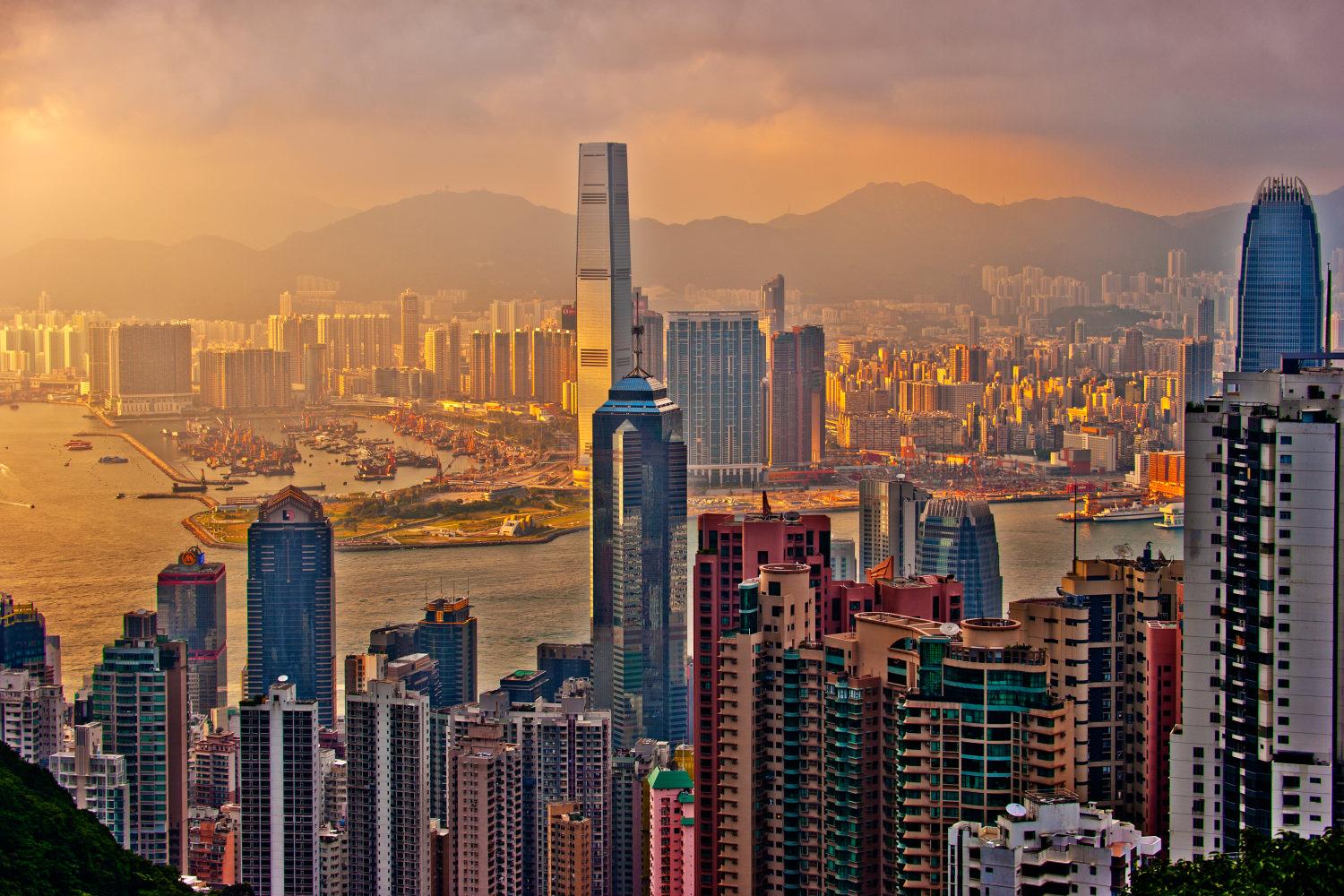Urban landscapes are one of my favourite photographic subjects. I love the excitement and vibrancy of a busy city, and find that they are absolutely packed full of interesting subjects. The fast pace of change in cities also means that there's always something new or unusual to photograph.
Whenever I'm photographing urban landscapes and scenes, I try to inject a sense of personality or commentary into the shot. This leads to photos which are infinitely more engaging to the viewer than simple snapshots.
Next time you're in a city with your camera, try to photograph your surroundings in a way that puts them in context, and says something, good or bad, about the place and its people.
Capture the Vibe
Towns and cities often have their own unique "feel" that makes them different from anywhere else. A successful urban landscape photo should capture this essence, but it isn't always an easy task. The key is to think about what the place means to you, how it makes you feel, and what places are special to you. Then look around for a way to introduce this feeling into your photo.
Try to capture some of the essence of why this place is so special and different from other places. Image by Mike Behnken.
Small details can really add atmosphere to an urban landscape photo, so try to include them alongside the more obvious subjects such as impressive buildings or monuments. Things like an overflowing rubbish bin, a cracked pavement tile, or a traffic jam tell a story in themselves, and help to give your urban landscape shots context.
Don't forget that the vibe of a city doesn't always need to be a positive one - sometimes you might want to show just how dirty and unfriendly a place is. Your photos should always tell a story from your point of view - after all, urban landscape photography is just as much about self-expression as it is about showing off a town or city.
Get Off the Beaten Track
When photographing urban landscapes it is often our first instinct to head straight for the city's centre, because that's an obvious place of interest. But don't neglect the suburbs, because that's where some of the most intriguing photos can be found. These areas often have a fascinating collection of neglected, run-down buildings which are packed full of character.
Getting away from public areas often provides a truer representation of the place and a more engaging photograph. Image by Nathan Gibbs.
The suburbs are also the areas where you can find a lot of renovation and new developments as a city expands beyond its current limits. These projects tell a story of change and growth - something which is in stark contrast to the feeling of decay that went before.
Photograph the Old and the New
Most cities are in a state of constant change, with old buildings being torn down to be replaced with shiny new ones. Whether you see this as necessary development or a tragic destruction of history, look for a shot that conveys your point of view.
Another interesting feature of having old and new buildings next to each other is that you can capture some great photos showing their juxtaposition.
Cities are constantly changing, giving rise to interesting juxtapositions of old and new. Image by Reto Fetz.
Put a New Spin on an Old Idea
Some urban landscape photos have been shot in exactly the same way so many times that they begin to lose their interest and appeal. This is particularly true of famous landmarks, where people are so used to seeing them photographed in a certain way that they automatically do exactly the same themselves.
Always be on the lookout for unusual, imaginative ways to photograph well-known landmarks. Image by Andrew Sweeney.
Rather than getting sucked into the same trap, treat the subject as if you've never seen it photographed before, and spend some time thinking about how you want to capture it, and what features you find interesting. If you want to take this idea a step further you could completely ban yourself from taking the usual cliched shots, forcing yourself to be more creative.
Time of Day
As with any naturally-lit subject, urban landscapes look dramatically different at different times of the day. But these differences extend beyond lighting to things like how much traffic there is and the number and type of people on the streets. For example, you'll find mostly commuters during the rush hour, shoppers in the middle of the day, and revellers at night. Each lends your shot a different feel and atmosphere.
Empty early-morning streets give you chance to capture shots that normally wouldn't be possible. Image by Mo Riza.
Early morning is a great time for photographing urban landscapes because it's often the only time when the streets are almost empty. An empty city makes for an unusual, almost eerie scene, and allows you to focus your attention on the buildings and structures rather than the people.
